Tam Coc (Ninh Hai commune, Hoa Lu district) has long been known to many domestic and international tourists through ancient books, poetry, movies..., famous for its majestic mountain and river landscape embracing picturesque rice fields, and friendly and hospitable local people.
About 90km southeast of Hanoi, Tam Coc is located in the Hoa Lu limestone mountain system, where the Fairy Stream originates from the Ngo Dong River and flows gently through the rice fields, within the scope of the World Cultural and Natural Heritage Trang An Scenic Landscape Complex, with an area of about 300 hectares.
Besides its aesthetic beauty and geological and geomorphological value, Tam Coc also contains many traces of human history from tens of thousands of years ago, creating the premise for the formation of Hoa Lu Capital in the 10th century, unifying the nation and reviving Vietnamese culture. In particular, in the 13th century, the Tran kings relied on the rugged shape of the river and mountains to build a palace, creating a position to fight against invading forces. Also here, Buddha King Tran Nhan Tong became a monk before going to Yen Tu to establish the Truc Lam sect with strong Vietnamese cultural identity.
Against the backdrop of the natural landscape of deep green mountains, white clouds, clear rivers, stunning golden rice fields, and the rich history of agricultural and rural culture in the locality, Tam Coc rice fields were once voted by the travel site Business Insider as one of the 5 most beautiful rice fields in Vietnam.
With the material documents taken from the motherland, it shows that this place is one of the cradles of primitive agriculture. From ethnographic survey documents, it shows that this place still preserves the ancient beliefs of worshiping Mountain God, Forest God, and Farmer God of the Vietnamese people.
Through analysis of samples taken from the ground in the valley of Noi Lam temple, there are pollen spores of tuberous plants, seeds and ash produced during the burning process, clearing gardens for cultivation and especially next to this valley there are also relics of residence in caves, rock shelters, where ancient pottery pieces were discovered, about 9,000 years old. And so this place is one of the earliest pottery centers in Southeast Asia and the world.
From these ancient pottery pieces (base pieces; body; mouth of pottery pots and pottery jars) we can imagine an early agriculture here that arose and developed with the invention of pottery when prehistoric residents had the need to store food, the need to ripen (cook) grain crops. An early agriculture with a primitive valley agricultural economic model from clearing gardens to take care of root, fruit, and seed plants, gathering wild rice, to planting, domesticating buffalo, letting buffalo trample in the fields, leading water, and edging banks, this model is often seen in the ecosystem (habitat) generalized in the order: stream-valley alluvial plain-ancient terrace-middle plateau or pre-mountain area-karst limestone mountain (with caves, rock roofs) (Tran Quoc Vuong 1986), especially in Hoa Lu valley there is another factor of being close to the sea.
Agriculture is the beginning of human civilization, wet rice civilization, ancient Vietnamese civilization, originating from Hoa Binh-Bac Son culture, the prelude about ten thousand years ago of an agricultural revolution that occurred throughout Southeast Asia. The Tam Coc area contains material evidence proving this primitive agriculture, associated with the worship of the Mountain God and the God of Agriculture that still exists among the indigenous people today. With the creative labor of local people, the participation of authorities at all levels, and the solidarity of businesses, the image and cultural value of the rice fields along the Ngo Dong River have been brought to domestic and international friends, affirming the outstanding global value of the heritage.
According to the growth cycle of rice, when the green fields turn yellow, the eyes and smiles of the local people are filled with satisfaction and aspirations. In the worship of the Mountain God, the Forest God, and the Farmer God, thanks to the scent of new rice, the local people offer their products, their thoughts and hearts turn to their ancestors, remembering the old days of farming, letting buffaloes trample the fields, to the kings who encouraged agriculture to plow the fields, built palaces, made plans to deepen the roots, to make the country peaceful, the shepherds played the flute, taking us back to the fairyland. This is also the opening time of Ninh Binh Tourism Week. Local people enthusiastically welcome guests as if welcoming relatives who have been away for a long time. The natural scenery of green mountains, white clouds, golden rice, the place where the sacred souls of mountains and rivers meet and converge with friendly, kind people has always been a place to visit, a source of inspiration for all kinds of art forms such as poetry, photography, cinema...
Ninh Binh people have been and are continuing to inherit and promote the achievements and sacred values left by their ancestors, sustainably using natural landscapes and traditional cultural values to develop tourism. All of these resources are used to create momentum to promote economic, cultural and social development, so that Ninh Binh and the whole country can rise up in the period of innovation and international integration.
Cao Tan (Ninh Binh Department of Tourism)
Source



![[Photo] Hanoi morning of October 1: Prolonged flooding, people wade to work](https://vphoto.vietnam.vn/thumb/1200x675/vietnam/resource/IMAGE/2025/10/1/189be28938e3493fa26b2938efa2059e)







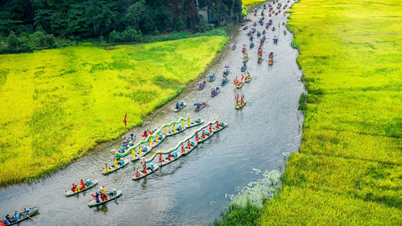
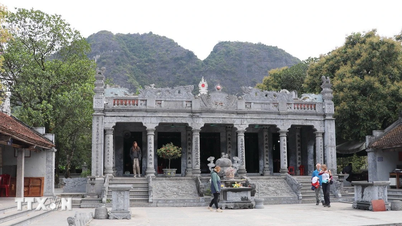

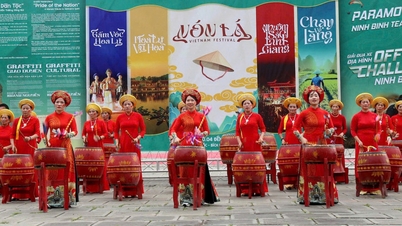



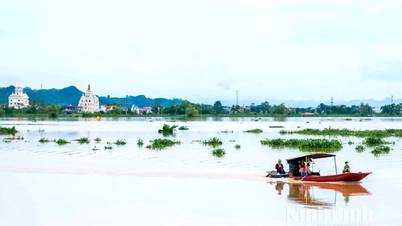

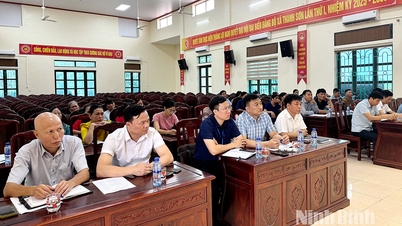


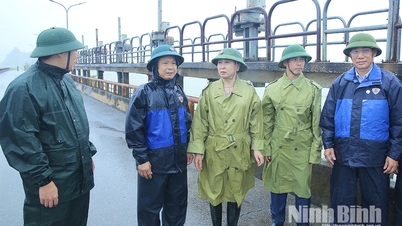








![[Photo] Panorama of the cable-stayed bridge, the final bottleneck of the Ben Luc-Long Thanh expressway](https://vphoto.vietnam.vn/thumb/1200x675/vietnam/resource/IMAGE/2025/9/30/391fdf21025541d6b2f092e49a17243f)





































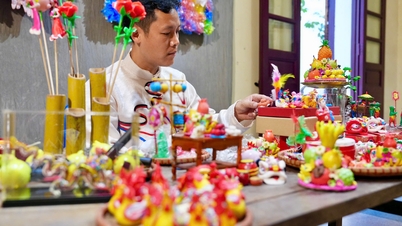

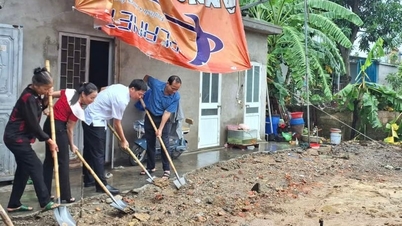



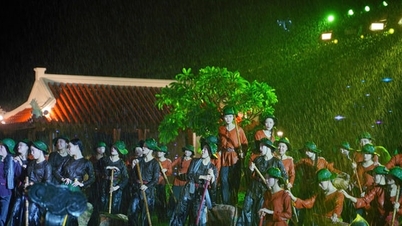

















Comment (0)